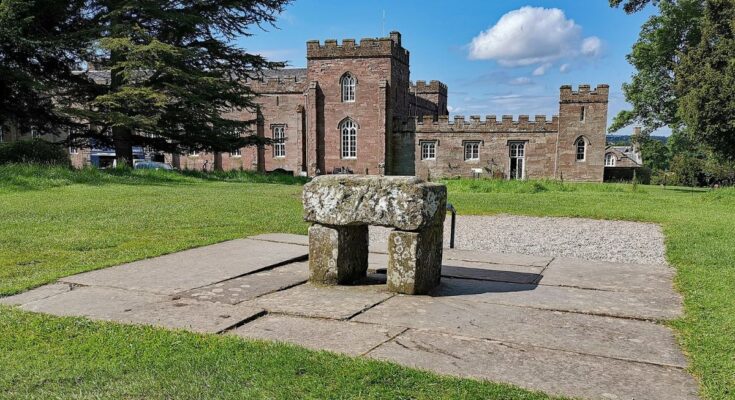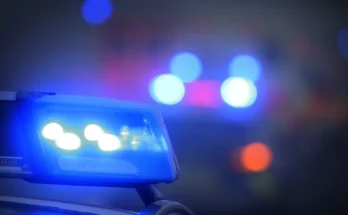Stone of Destiny, also called “Stone Scones” or Lia Failed in Scottish Gaelic, is a sandstone block used during coronation rituals in Scotland in the Middle Ages. In 1296, King Edward I of England captured it during the conquest of Scotland. It was then kept in Westminster Abbey and used for English and British coronations. Reaction: in 1950, Scottish politician Bertie Gray suggested to a group of Scottish nationalist students the idea of recovering the stone and bringing it back to Scotland.
Led by Ian Hamilton, this small gang orchestrated one of the most daring heists in history and captured the Stone of Destiny. But a year later, they decided to return it. It was only in 1996 that the stone was returned to Scotland, to Edinburgh Castle, although it is still transported to London for each new king’s coronation. The problem? During a robbery in 1950, the impressive sandstone boulder was split in two.
At that time, the students recruited a stonemason named Edward Manley to combine the two pieces, then placed the stone on the steps of the Scottish Arbroath Abbey, to be collected by the authorities. End of story? Not too. During repairs, 34 small stone fragments broke. Collected by Bertie Gray, they were numbered and distributed to trusted friends, politicians and journalists. As explained by IFL Science media, Professor Sally Foster decided to retrace the history of these fragments which were scattered throughout the world.
“This is not just any stone”
For investigators, authors of studies on this issue, “It wasn’t just any stone. When Scottish nationalists removed it from the coronation chair and carried it from Westminster Abbey on Christmas morning in 1950, it caused the border between England and Scotland to close for the first time in 400 years. Since the 14the century, almost all the kings of England, later England, sat on a rock during their coronation, in a gesture that symbolized Scottish surrender.he explained.
To trace the journey of these works, Sally Foster conducted extensive archival research, interviewing curators, collectors and institutional experts. He also tracked down Bertie Gray’s relatives and friends, managing to find several fragments. For example, he discovered that some of the money had been given to the nationalist student behind the theft, Ian Hamilton, who then put it in a silver brooch given to his wife, Sheila, for her birthday.
Bertie Gray also gave another work to Australian tourist Catherine Milne, as part of her mission to send the Stone of Destiny to every continent. After Milne’s death in 1967, his relatives donated the fragments to the Queensland Museum in Brisbane.
Even more surprising, former Scottish First Minister Alex Salmond was also given a small piece of the stone, while another small piece was included in the horse-drawn carriage used by King Charles III during his coronation at Westminster Abbey in 2023. The piece was inserted into a wooden panel under the seats where King Charles and Queen Camilla sat during the journey.
Despite his efforts, the paths of all the fragments have not been completely reconstructed, as Sally Foster reports. He continues his research to find them all. Regarding the 1950 robbery, neither Ian Hamilton nor his accomplices were ever prosecuted.



